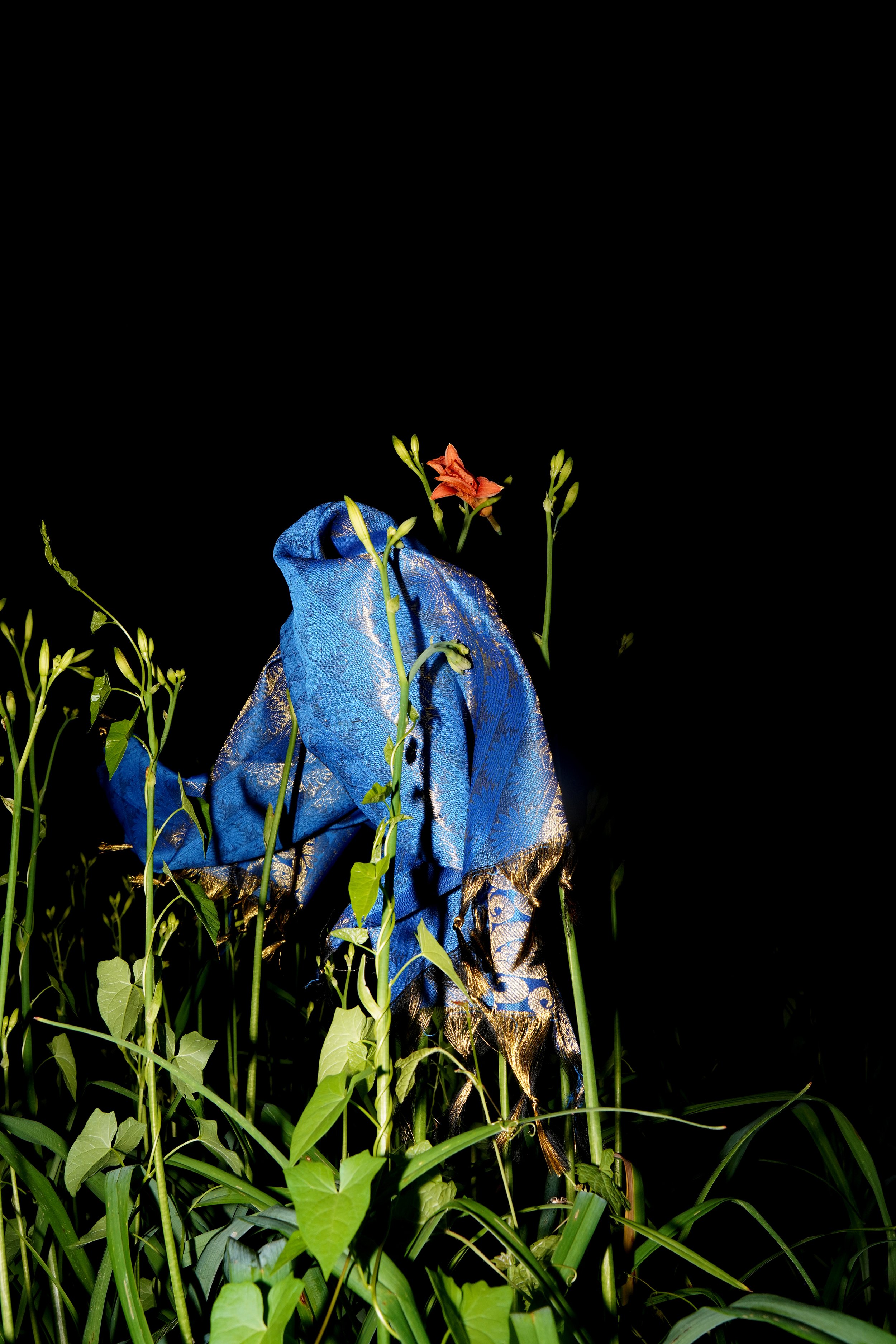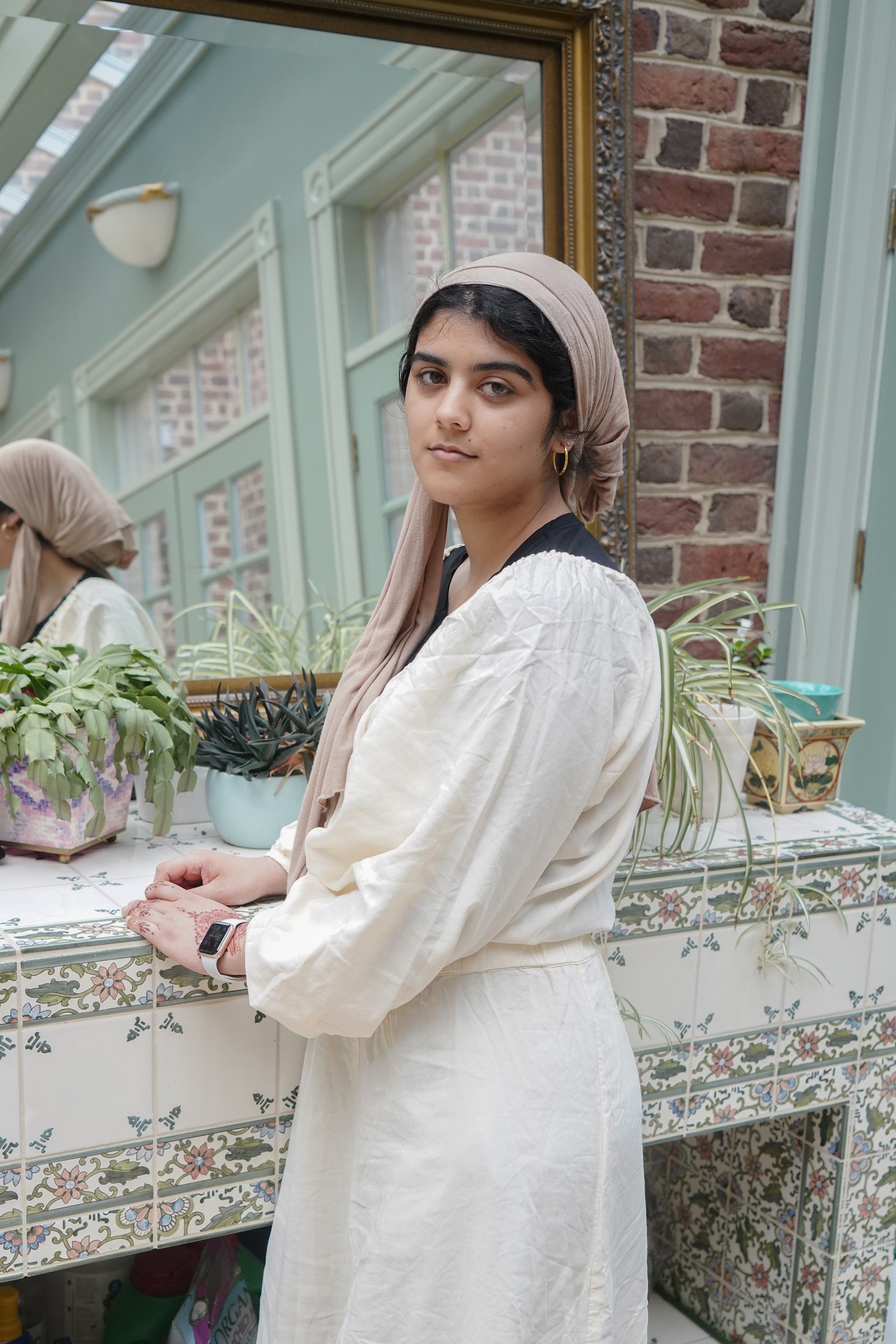




-
My lens-based practice pictures selfhood and intimacy by depicting the people and places from my community in ways that subvert the white gaze and give subjects agency. I have always been interested in elements of material culture and our overly-connected contemporary life that contextualize the broader emotional state of belonging, such as textiles, jewelry, food, and personal affects. Growing up as a millennial and as the only daughter of a multi-generational household of only women strongly influenced this - permanently surrounded by clutter, my coming of age was marked by understanding what particular artifacts of culture related to the presentation of the self and the performance of femininity in the face of personal and societal life events.
I have also always been interested in the politics of seeing, and in inserting ambiguity and nuance to photographs. The seduction of reinterpreting or constructing a reality through the lens is fascinating to me, especially in the context of power dynamics between the image-maker, the subject, and the viewer. Too often, photographs are accepted as visual truths or evidence, even
though they are simply indexical. My images take advantage of this assumption and blur the line between candid and posed images, thus creating what Audre Lorde calls “automythography,” or making a myth out of oneself. By elevating the aforementioned elements of material culture and leveraging their symbolic meaning, my photographs seek to tell a story.My latest project, ESMD, is a body of photographs that serve as a portrait of a place and a community of Muslim-Americans connected to the Eastern Shore that deflect a common documentation of a minority community (and Muslims in particular), which would focus on the stereotypical otherness of the subjects against American life. I have incorporated my interests in picturing my community and creating a visual world that is interpretative in ESMD through a focus on elements of material culture as well as the sizing and placement of the photographs: wearable technology in Fatima; body art in Salar; a gold-threaded scarf in Lily; the ornate interior of a house in Party. The 60-inch lush, full-color prints allow the subjects to hold court over the viewer: a contrast to the reality that they often feel the need to be invisible where they currently live, "the right side of Maryland," which has a deep culture and history of xenophobia.
-
If I can get funding through my home state's arts council, I would like to print the images at 60x40 inches, so they may hold space. If not, 24x16 inches.
